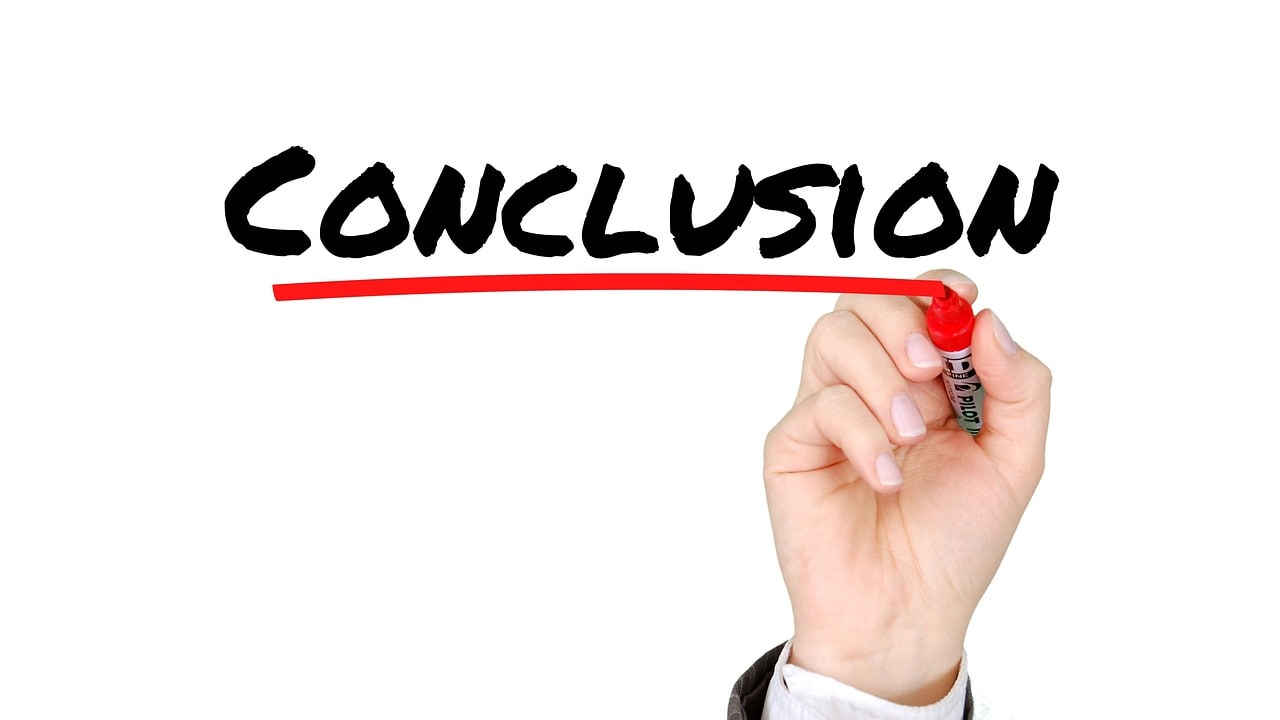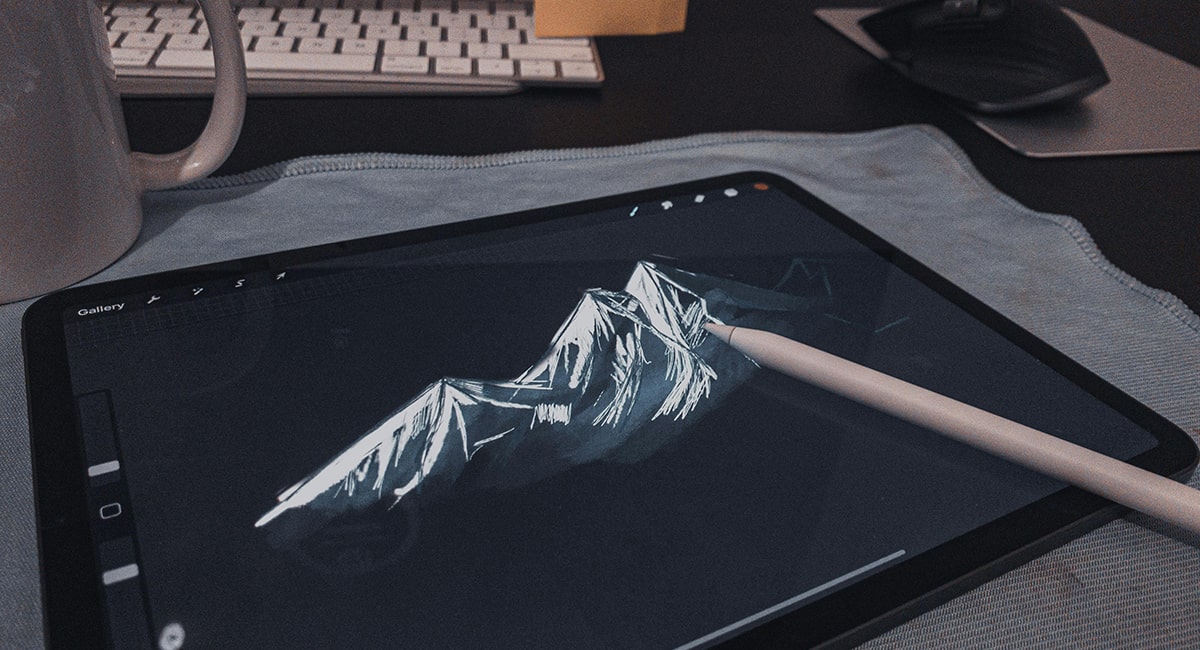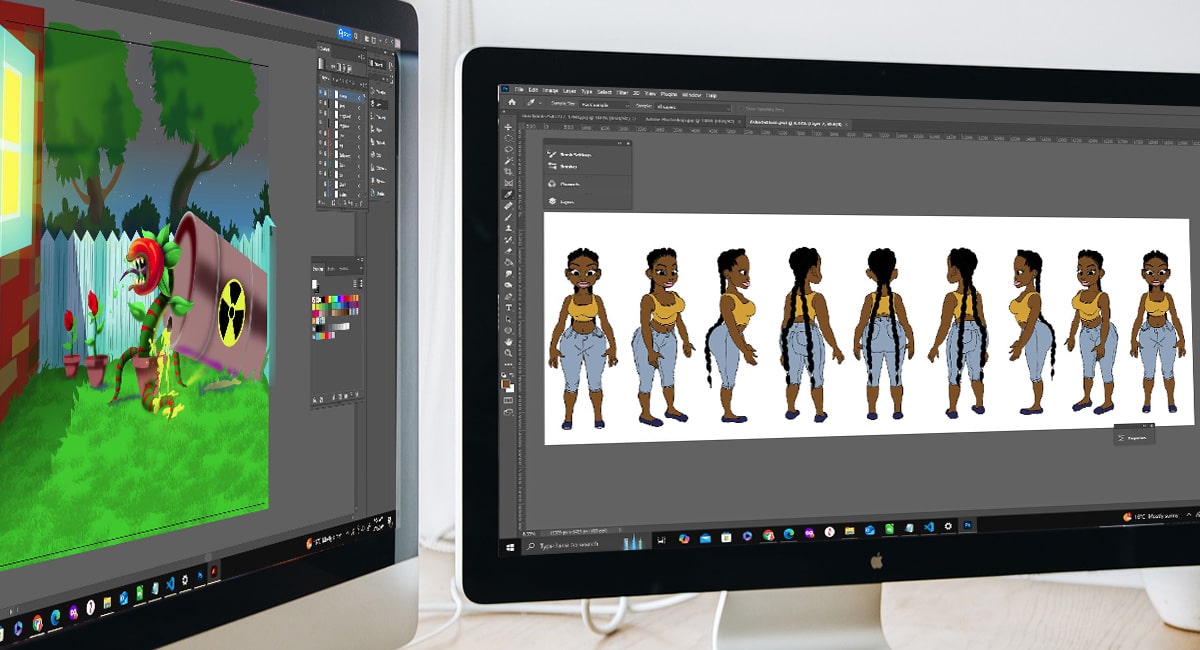
The Essential Role of a Graphic Designer in Business and Branding
In today’s visually driven world, the role of a graphic designer has become indispensable. Whether you’re browsing through a website, flipping through a magazine, or walking past a billboard, you’re likely encountering the work of a graphic designer. These creative professionals are the architects behind the visuals that communicate a brand’s message, engage customers, and drive business success. But who exactly is a graphic designer, what qualities make them effective, and why are they so crucial to businesses and the branding industry? Let’s explore these questions in detail.
Who is a Graphic Designer?

A graphic designer is a visual communicator who uses creativity, design principles, and technical skills to craft visual content that speaks to an audience. They work across a variety of media, including print, digital, and even environmental design, to create logos, advertisements, websites, product packaging, and more. Their goal is to convey a specific message or concept in a visually appealing and effective way.
Graphic designers are often seen as the bridge between a brand and its audience, translating complex ideas into simple, striking visuals that resonate with viewers. Their work isn’t just about making things look good—it’s about making things work. From the color scheme of a website to the layout of a magazine spread, every design decision is made with a purpose, ensuring that the final product not only catches the eye but also achieves its intended communication goals.
Qualities of a Great Graphic Designer

Being a successful graphic designer requires more than just an artistic flair. Here are some of the essential qualities that define a great graphic designer:
1. Creativity and Innovation: At the heart of graphic design lies creativity. A good designer consistently generates fresh, original ideas and finds innovative ways to solve visual problems. They can think outside the box and bring a unique perspective to every project.
2. Attention to Detail: Design is in the details. Whether it’s aligning text, choosing the right font, or selecting a color palette, a great graphic designer pays meticulous attention to every aspect of their work. This precision ensures that the final design is polished and professional.
3. Technical Proficiency: Mastery of design tools is crucial. Graphic designers must be proficient in software like Adobe Creative Suite (Photoshop, Illustrator, InDesign), as well as other specialized tools depending on their area of focus. Technical skills enable designers to bring their creative visions to life.
4. Strong Communication Skills: Designers must effectively communicate with clients, understand their needs, and articulate design concepts clearly. This involves not only discussing ideas but also interpreting feedback and making revisions that align with the client’s vision.
5. Time Management and Organization: Deadlines are a constant in the design world. Great designers manage their time efficiently, juggle multiple projects, and meet deadlines without compromising on quality.
6. Adaptability: The design landscape is ever-changing, with new trends, technologies, and client needs emerging regularly. A good designer stays updated and adapts their style and approach to meet the demands of different projects.
7. Problem-Solving Abilities: Every design project presents challenges, whether it’s a tight deadline, a complex brief, or a client’s evolving requirements. A great designer approaches these challenges with a problem-solving mindset, finding creative and effective solutions.
The Importance of Graphic Designers in Business

Graphic designers play a pivotal role in the success of a business. Their work is not just about creating pretty pictures—it’s about crafting visual experiences that drive engagement, convey brand values, and ultimately, impact the bottom line. Here’s why graphic designers are so important to businesses:
1. Building a Strong Brand Identity: A brand’s identity is defined by its visual elements—its logo, color scheme, typography, and overall style. Graphic designers are responsible for creating and maintaining this identity across all platforms, ensuring consistency and recognition. A well-designed brand identity sets a business apart from its competitors and fosters customer loyalty.
2. Enhancing Visual Communication: In a world where attention spans are shrinking, visual communication is key. Graphic designers help businesses communicate their messages quickly and effectively through visuals. Whether it’s a product’s packaging, a website’s interface, or a social media post, design plays a crucial role in how information is perceived and retained by the audience.
3. Driving Marketing and Advertising Efforts: Marketing and advertising rely heavily on visuals to capture attention and drive action. From compelling social media graphics to persuasive print ads, graphic designers create the visuals that make marketing campaigns successful. Their work directly influences how well a campaign resonates with its target audience.
4. Shaping Customer Perceptions: The visual quality of a company’s materials affects how it is perceived. High-quality, professional design enhances a company’s credibility and professionalism, while poor design can have the opposite effect. Graphic designers help shape the perception of a brand by ensuring that every visual touchpoint reflects its values and quality.
5. Ensuring Consistency Across Platforms: In today’s multi-platform world, consistency is key to building a strong brand. Graphic designers ensure that all visual elements—from website graphics to business cards—are cohesive and aligned with the brand’s identity. This consistency helps build trust and recognition among customers.
6. Providing a Competitive Edge: In a crowded market, first impressions matter. A graphic designer can give a business a competitive edge by creating visuals that stand out and leave a lasting impression. Whether it’s through innovative packaging, a memorable logo, or a sleek website, good design can be a powerful differentiator.
The Role of Graphic Designers in the Branding Industry

The branding industry revolves around the creation and management of brand identities, and graphic designers are at its core. They are the ones who translate brand strategies into tangible visual elements that people recognize and associate with specific values and experiences. Here’s how they contribute to the branding industry:
1. Creating Visual Brand Assets: Logos, brand colors, typography, and other visual assets are all the work of graphic designers. These elements form the foundation of a brand’s visual identity and are essential for creating a cohesive and memorable brand image.
2. Developing Brand Guidelines: To maintain consistency, brands need guidelines that dictate how their visual elements should be used across various platforms and media. Graphic designers create these guidelines, ensuring that the brand’s identity remains consistent over time.
3. Aligning Visuals with Brand Strategy: Branding is about more than just visuals—it’s about the message and values a company wants to communicate. Graphic designers work closely with brand strategists to ensure that every design element aligns with the brand’s overall strategy, helping to reinforce the desired image and message.
4. Adapting to Changing Trends: The branding industry is dynamic, with trends evolving rapidly. Graphic designers stay on top of these trends, adapting their designs to keep brands relevant and appealing to their target audiences.
Conclusion

In conclusion, graphic designers are essential to both businesses and the branding industry. Their creativity, technical skills, and strategic thinking enable them to create visuals that not only look great but also drive business success. From building brand identities to shaping customer perceptions, their work has a profound impact on how businesses connect with their audiences. As the digital and branding landscapes continue to evolve, the role of the graphic designer will only become more critical, making them invaluable assets to any business aiming to succeed in a competitive market.





Leave a Reply